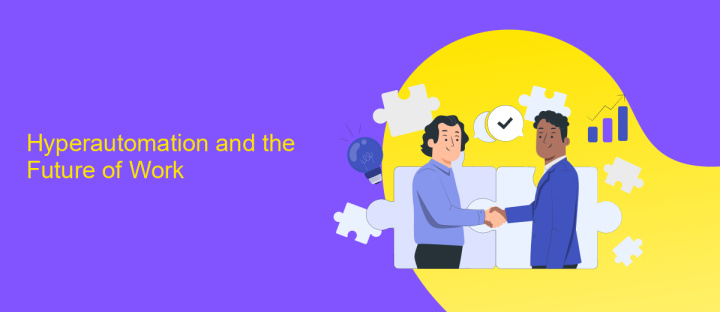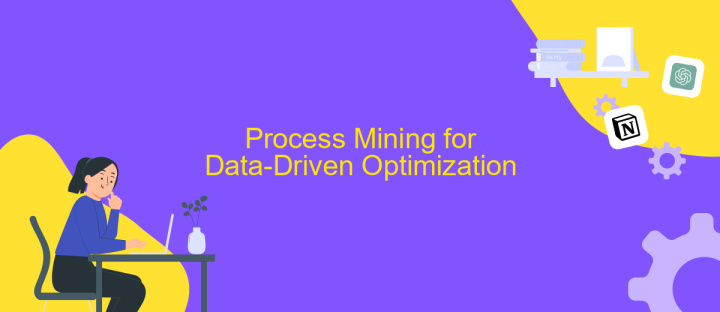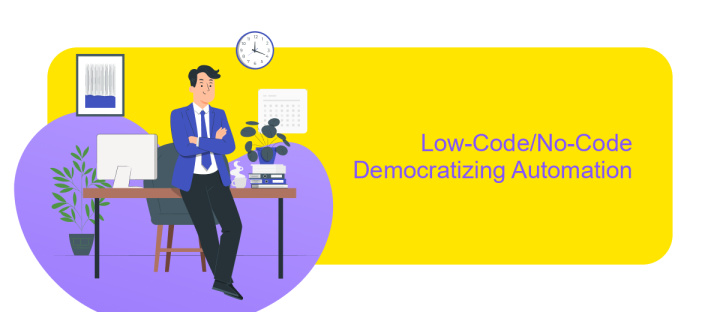Workflow Automation Trends
In today's fast-paced business environment, workflow automation has become a pivotal tool for enhancing efficiency and productivity. As organizations strive to streamline their operations and reduce manual tasks, staying abreast of the latest trends in workflow automation is crucial. This article explores the most significant developments shaping the future of automated workflows, offering insights into how they can transform your business processes.
The Rise of Intelligent Automation
In recent years, the advent of intelligent automation has revolutionized the way businesses operate. By integrating advanced technologies such as artificial intelligence (AI) and machine learning (ML), organizations can streamline their workflows, reduce manual intervention, and enhance overall efficiency. This transformation is driven by the need to stay competitive in a fast-evolving market, where agility and innovation are paramount.
- Enhanced decision-making through AI-driven insights
- Automated routine tasks to free up human resources
- Improved accuracy and reduced human error
- Seamless integration of various business applications
One of the key players in facilitating these integrations is ApiX-Drive, a service that simplifies the connection between different software systems. By using ApiX-Drive, businesses can automate data transfers and synchronize workflows without the need for complex coding or extensive IT involvement. This not only accelerates the implementation of intelligent automation but also ensures that businesses can adapt quickly to changing demands and technological advancements.
Hyperautomation and the Future of Work

Hyperautomation represents the next phase in the evolution of workflow automation, integrating advanced technologies such as artificial intelligence (AI), machine learning (ML), and robotic process automation (RPA) to create a seamless, end-to-end automated environment. This approach not only streamlines repetitive tasks but also enables businesses to make data-driven decisions in real-time, enhancing overall efficiency and productivity. The integration of these technologies allows organizations to scale their operations swiftly, adapt to market changes, and innovate continuously.
The future of work is inevitably intertwined with hyperautomation, as it paves the way for a more agile and responsive workforce. Services like ApiX-Drive facilitate this transition by offering powerful integration tools that connect various applications and automate workflows with minimal human intervention. By leveraging such platforms, businesses can ensure that their systems are always synchronized and up-to-date, reducing the risk of errors and improving operational accuracy. As hyperautomation continues to evolve, it will redefine job roles, emphasizing the importance of digital literacy and continuous learning in the modern workplace.
Process Mining for Data-Driven Optimization

Process mining is an essential technique for data-driven optimization, enabling organizations to analyze and improve their workflows by extracting knowledge from event logs. By visualizing the actual processes, businesses can identify inefficiencies, bottlenecks, and deviations from the intended workflow, thus facilitating more informed decision-making.
- Data Collection: Gather event logs from various systems and applications.
- Process Discovery: Utilize algorithms to create visual representations of the actual workflows.
- Conformance Checking: Compare the discovered processes with the predefined models to identify deviations.
- Performance Analysis: Analyze the performance metrics to pinpoint inefficiencies and areas for improvement.
- Optimization: Implement changes and monitor the impact on the workflows.
Integrating process mining tools with other automation platforms, such as ApiX-Drive, can further enhance workflow optimization. ApiX-Drive allows seamless integration of various systems, ensuring that data flows smoothly between them. This integration enables real-time data collection and analysis, making it easier to continuously monitor and optimize processes for better efficiency and productivity.
Low-Code/No-Code Democratizing Automation

The rise of low-code and no-code platforms is revolutionizing workflow automation by making it accessible to a broader audience. These tools allow users with little to no programming experience to create and manage automated processes, democratizing the power of automation across various industries.
One of the key benefits of low-code/no-code platforms is their ability to streamline complex workflows quickly and efficiently. Users can drag and drop elements to build automation sequences, significantly reducing the time and effort required compared to traditional coding methods.
- Ease of use for non-technical users
- Faster implementation of automation solutions
- Cost-effective compared to hiring specialized developers
- Enhanced collaboration between IT and business teams
Services like ApiX-Drive further enhance the capabilities of low-code/no-code platforms by offering seamless integration with various applications. This enables users to connect different systems and automate data flows without needing in-depth technical knowledge. As a result, businesses can achieve greater efficiency and innovation, driving growth and competitiveness in the market.
- Automate the work of an online store or landing
- Empower through integration
- Don't spend money on programmers and integrators
- Save time by automating routine tasks
Artificial Intelligence and Machine Learning Integration
Artificial Intelligence (AI) and Machine Learning (ML) are revolutionizing workflow automation by enabling systems to learn from data and make informed decisions. These technologies can predict outcomes, optimize processes, and personalize user experiences, ultimately increasing efficiency and reducing human error. For instance, AI-powered chatbots can handle customer inquiries, while ML algorithms can analyze large datasets to identify patterns and trends, facilitating more effective decision-making.
Integrating AI and ML into workflow automation can be streamlined with tools like ApiX-Drive. This service allows seamless integration of various applications and automates data transfer between them, enhancing the capabilities of AI and ML systems. By utilizing ApiX-Drive, businesses can ensure that their AI and ML models are continuously fed with up-to-date information, enabling real-time analytics and automated responses. This not only improves operational efficiency but also provides a competitive edge in rapidly changing markets.
FAQ
What is workflow automation and why is it important?
How can small businesses benefit from workflow automation?
What are some common tasks that can be automated in a business?
How do I choose the right workflow automation tool for my business?
What is ApiX-Drive and how does it help with workflow automation?
Do you want to achieve your goals in business, career and life faster and better? Do it with ApiX-Drive – a tool that will remove a significant part of the routine from workflows and free up additional time to achieve your goals. Test the capabilities of Apix-Drive for free – see for yourself the effectiveness of the tool.


